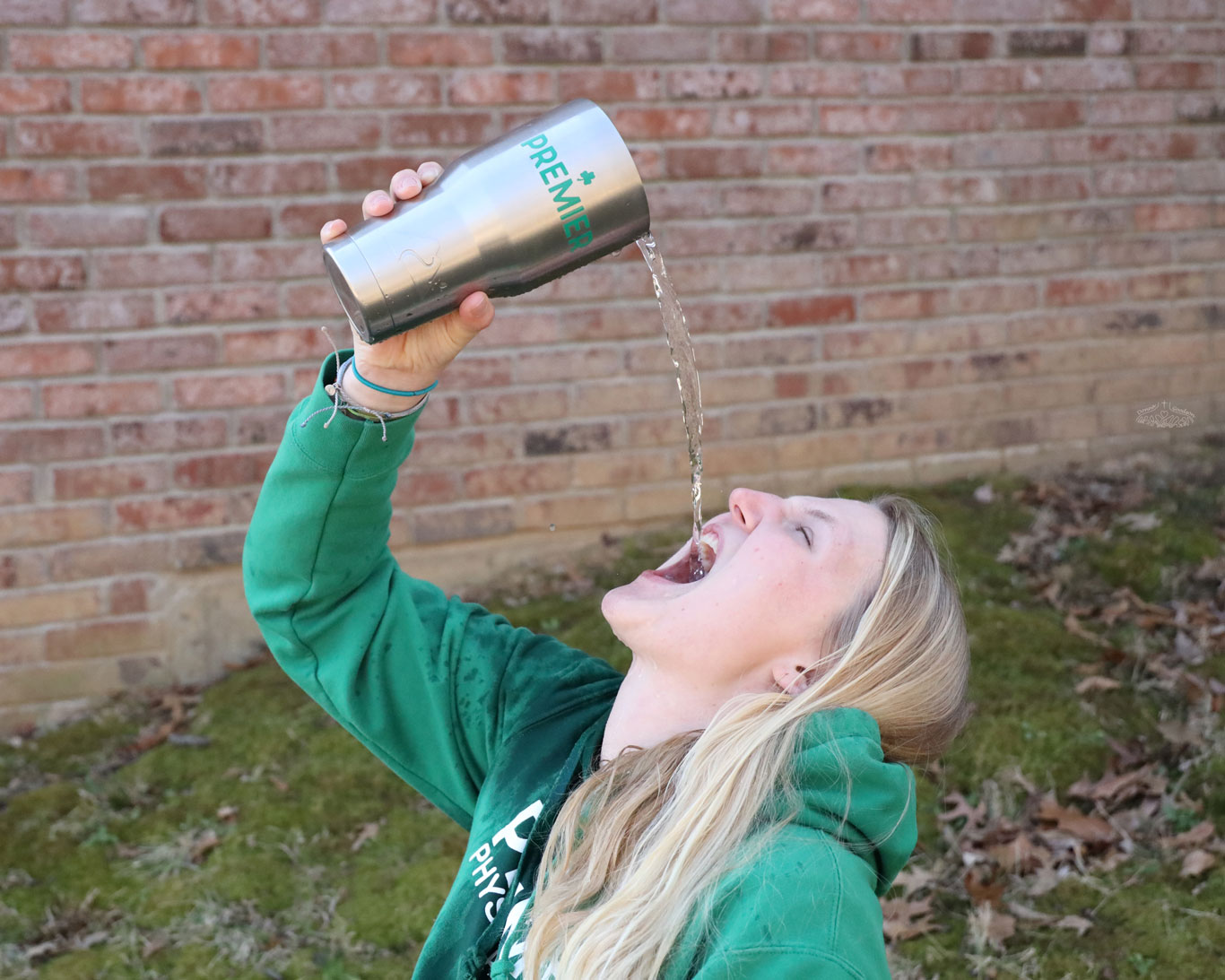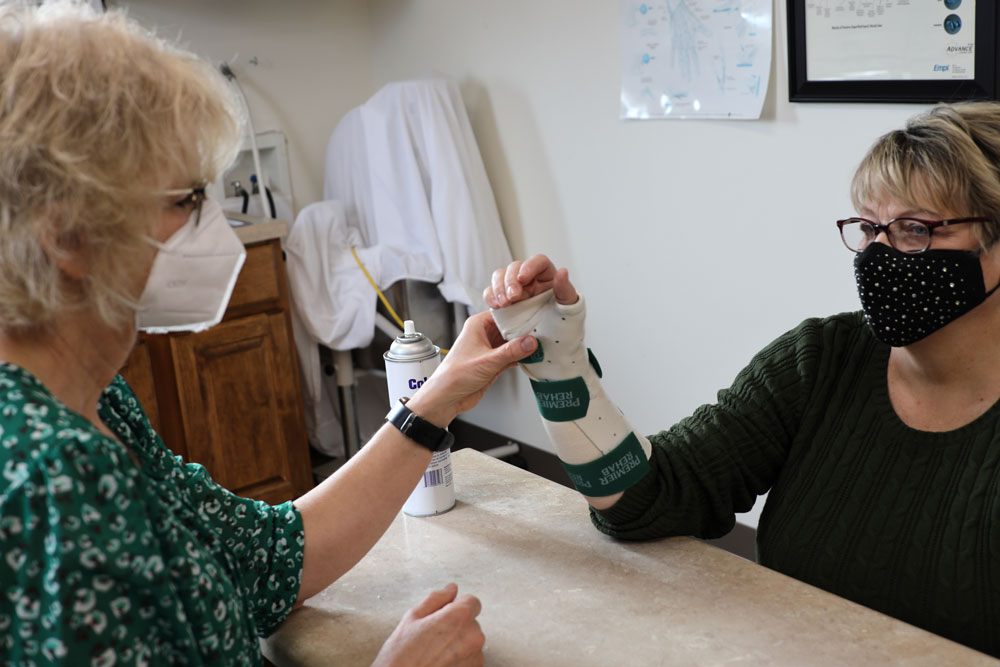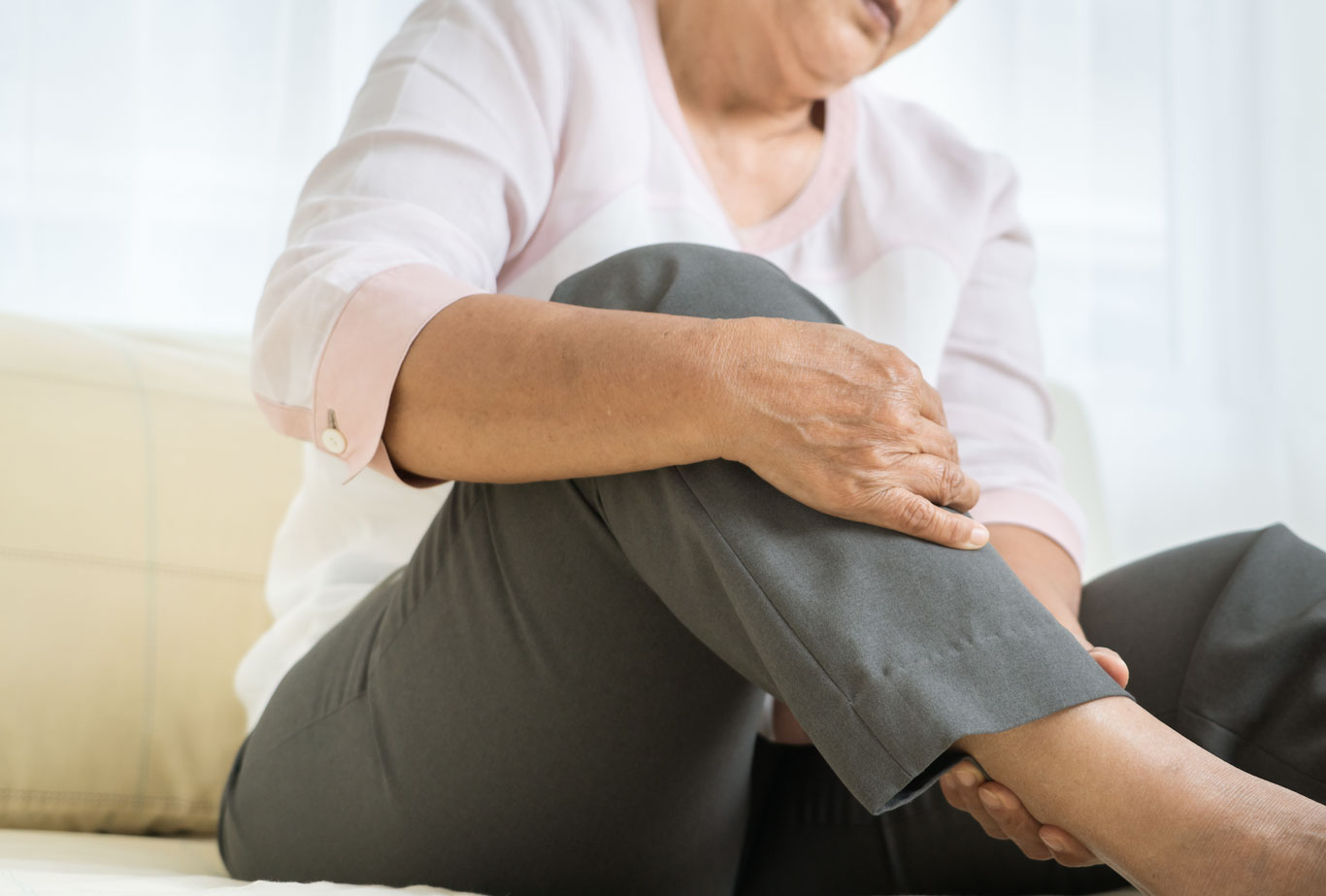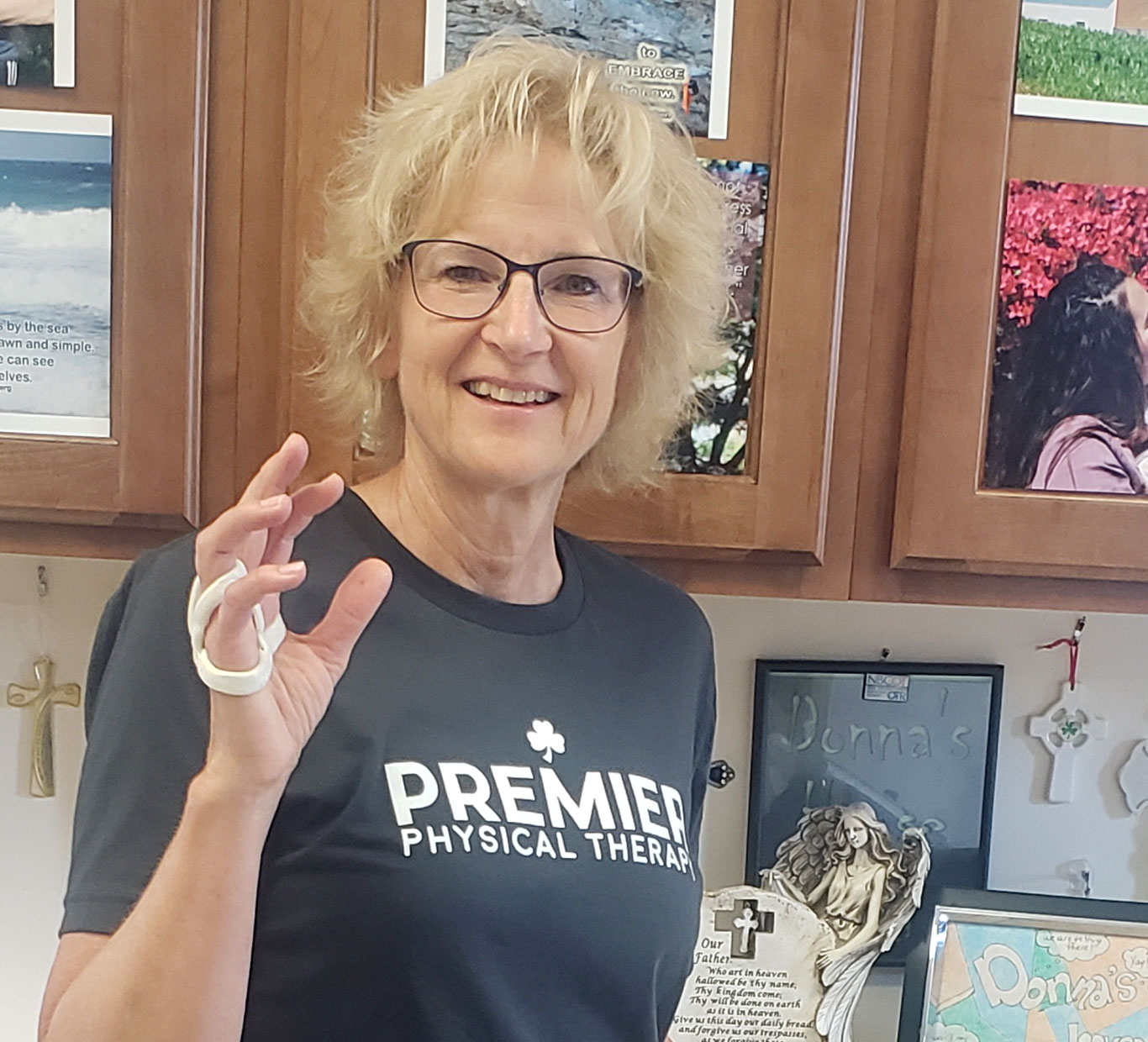Water Facts:
- 60 to 70 percent of our total body weight is water weight.
- A typical person with an average body weight is required to drink 64 ounces of water daily. This is about eight glasses of water per day.
a) (Of course, if you are in a hot environment or are doing a strenuous task and thus are sweating a lot, additional water intake is needed.)
b) NOTE: This rule does not apply to anyone with heart failure or kidney disease; thus, this amount may need to be adjusted. - When you have an open wound, more water is needed to help keep the wound hydrated on the inside due to the loss of fluids that can occur through wound drainage.
- To know if you are drinking enough water every day, take a quick check the next time you use the bathroom. Urine should be relatively clear and odorless if you are staying well hydrated.
Not drinking enough water will essentially slow down your body’s ability to heal after an injury. This includes an injury to a bone such as a: fracture, an injury to the tendon such as tendonitis, injury to a ligament such as a strain or sprain, or injury to the skin as in laceration or a cut. If you have an open wound with drainage, staying hydrated is essential to healing.
Water affects your body’s circulation and, thus, your ability to heal. The higher your blood volume, the better you will heal. Water is one of the main components of a cell, and it is important to the health of a cell. When the cell doesn’t have enough water, new cells cannot develop, and tissue growth is affected.
Water is needed in our body to help transfer oxygen throughout our body, especially to healing areas. Hydration is essential to healing any structure (bone, tendon, ligament, or skin) as it delivers the necessary nutrients to the injured area. Water is needed to help carry away waste from the injured structure as well. Water provides that river of flow to and from the trauma area to assist in healing and to fight infections.
Tricks for staying hydrated:
- Keep your favorite drink on hand. Flavored water can help those who don’t like drinking just plain water.
- When watching a movie or television, get into the habit of drinking a couple of sips at each commercial break.
- Mix it up! Enjoy a variety of cold and hot drinks to make liquids more enjoyable to drink.
a) REMEMBER: Avoid caffeinated and alcoholic beverages, as these will actually cause dehydration which ultimately requires MORE water intake! - Eat smoothies, gelatin, fruit ices, and other foods with high-water content, such as watermelon.
a) NOTE: Watch out for these items that may be high in sugar. - Make drinking fun! Straws, containers with handles, or angled mouthpieces may help.
- Have a reusable container with you all of the time and fill it often.
- Have a daily goal and consider dividing that into a morning and afternoon goal. Get a water bottle with marked time goals.
- Ask a family member to remind you.
- Try fruit- or herb-infused water for some added flavor.
- Make herbal tea to sip throughout the day.
- Drink a glass of water when you first wake up.
- Track your water intake on an app or fit bit and make it a goal to reach your goal daily. Your health depends on it.
- NOTE: My way is to plug my nose and just drink it! It’s really not that bad, and it does make me feel better!
Hydration: It’s what heals you! DRINK WATER!








